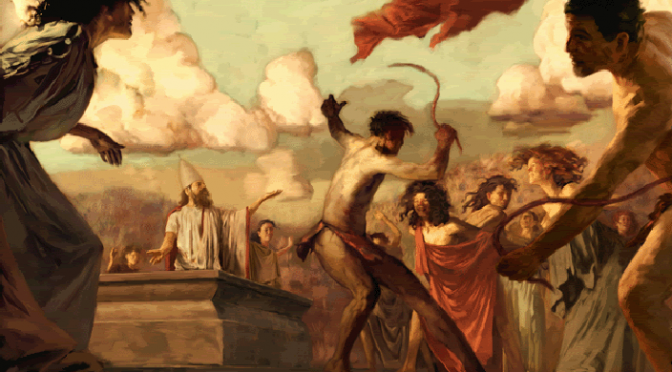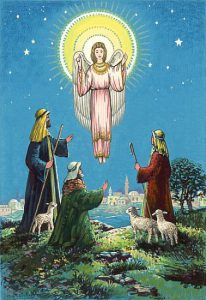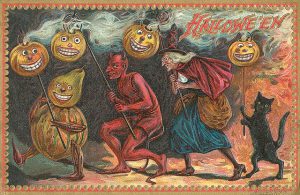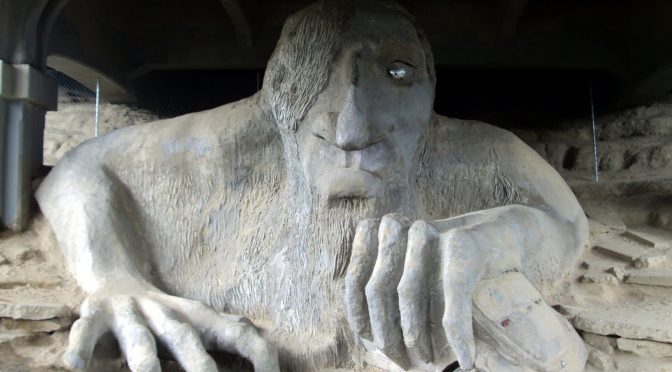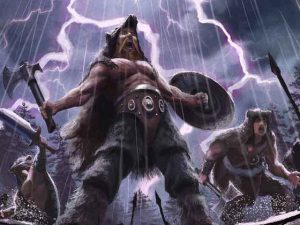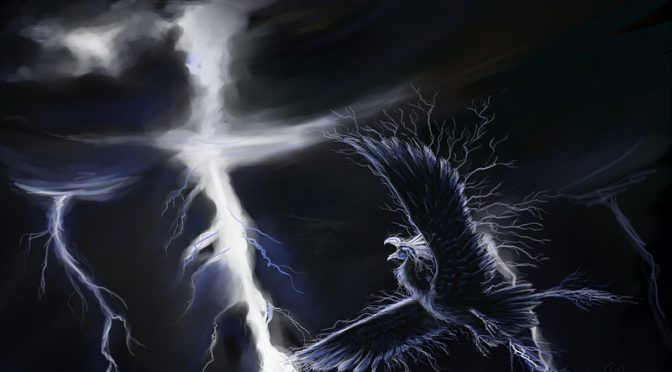As of this writing, we’re all of one day away from St. Valentine’s Day. A day of lovers, romance, and bitter singles – many wonder just how the day came to be associated with such warm or contemptuous feelings. Saints are generally chaste and unrelated to such things, so the idea of one being associated with young lovers is a bit hard to grasp. This is particularly true because the Catholic Church tells you to be ashamed of most emotions in one way or another and even defines a couple of them as cardinal sins. The only emotion the Church doesn’t seem to look down on at some point is guilt, which is probably why they so mercifully give you a shot of wine on Sundays. Of course, whenever such contradictions happen to come up it’s a good time to check for some sort of pagan holiday behind it all. Surprise, found one.
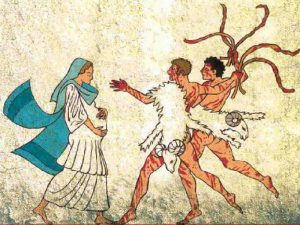
A quick google search for the origins of Valentine’s Day will no doubt produce dozens of articles talking about the Roman festival of Lupercalia, a fertility celebration held on February 15th. And this makes sense, the most common of Catholic celebrations started as a pagan tradition of some sort. Like Christmas, Halloween, and Easter, Valentines is said by many to be lifted from the traditions of the pagans. And, of course, you can’t spell Romance without Roman – the people who literally originated the “romance languages” and gave us the very words we need to express our deepest desires.

Just one problem: it would appear that the connection doesn’t really exist… Continue reading Romans, Romance, and Roaming Dates


